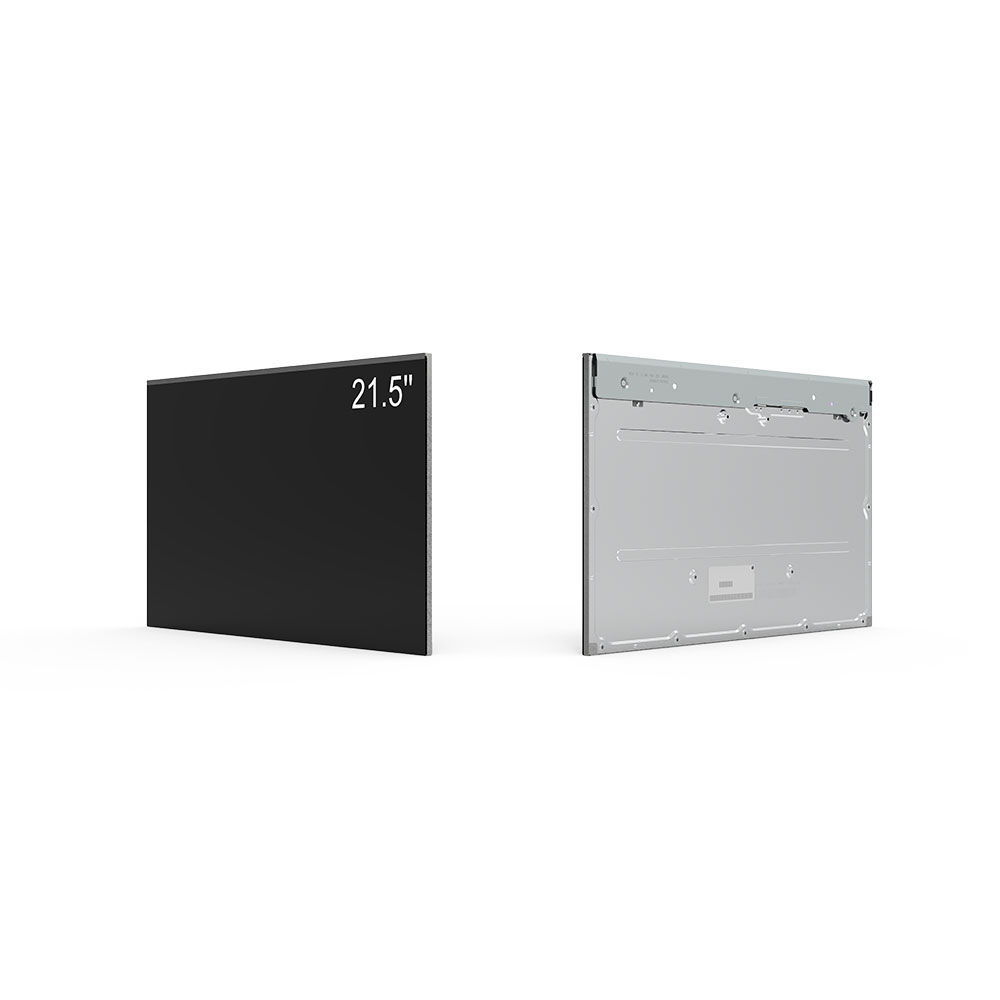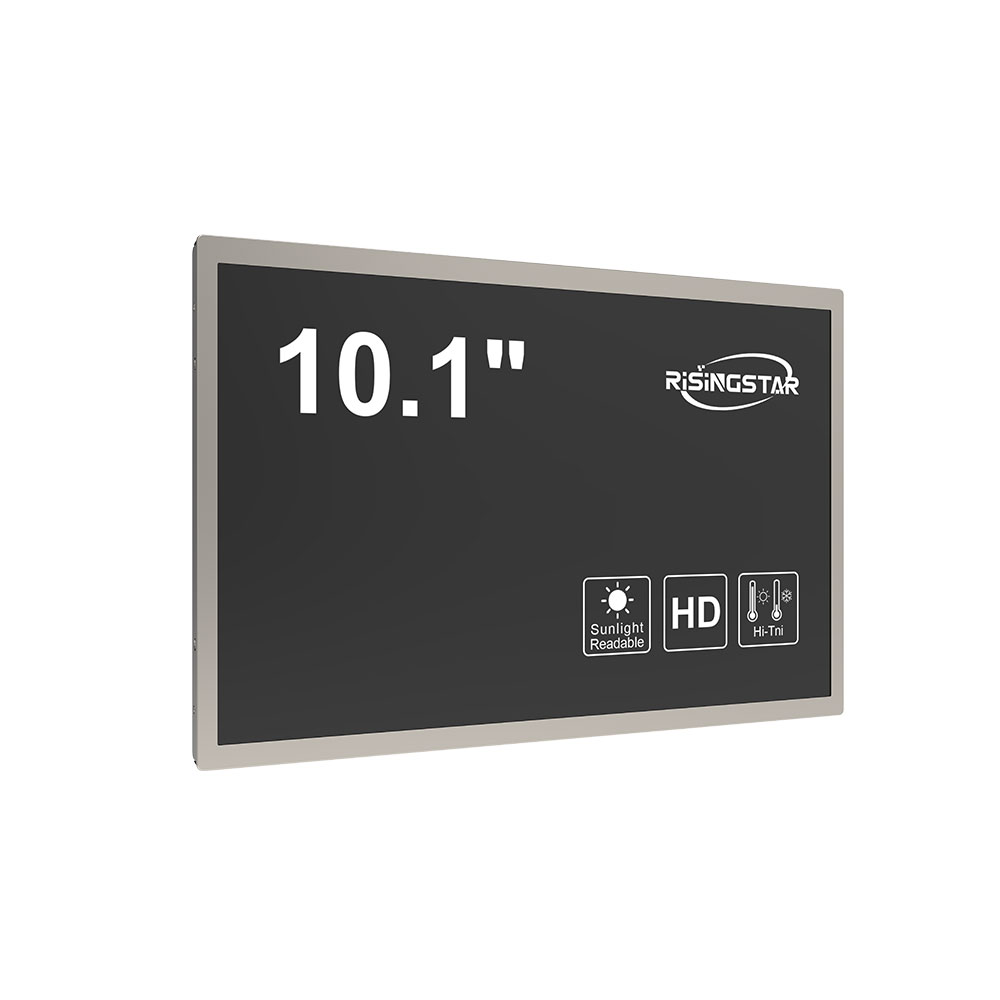상업, 산업 또는 공공 용도로 실외 LCD 화면을 선택할 때는 열악한 환경 조건에서 성능과 수명을 모두 고려해야합니다. 실내 디스플레이와 달리 실외 LCD는 극한 온도, 직사광선, 습도 및 물리적 영향을 견뎌야합니다. 재료 품질, 밝기 수준 및 보호 설계 중요한 요소를 만듭니다.
가장 실용적인 응용 프로그램 중 하나는 소매점, 운송 허브 및 광고 광고판을위한 디지털 간판입니다. 예를 들어, 고휘도 실외 LCD (일반적으로 5,000-10,000 nits) 는 태양 아래에서도 가시성을 보장하는 반면, IP65-rated 인클로저는 먼지와 물의 침입으로부터 보호합니다. 교통 정보 보드 또는 공공 안전 경보와 같은 스마트 시티 프로젝트에서는 온도 허용 오차 (-30 ° C ~ 70 ° C) 가 넓은 견고한 스크린이 표준입니다.
현대 야외 LCD의 장점은 에너지 효율적인 LED 백라이트, 고급 눈부심 방지 코팅 및 과열을 방지하는 내장 열 관리 시스템을 포함합니다. 이러한 기능은 장기 유지 보수 비용을 줄이고 ROI를 찾는 기업의 운영 수명을 연장합니다. Statista의 2023 년 보고서에 따르면 글로벌 야외 디지털 사이 니지 시장은 공공 장소에서의 실시간 통신 수요에 힘 입어 2027 년까지 400 억 달러를 초과 할 것으로 예상됩니다.

그러나 일반적인 문제는 지속됩니다. 햇빛으로 인한 눈부심으로 가독성을 줄이고, 화면 깜박임을 유발하는 전력 변동 또는 밀폐 된 인클로저 내부의 수분 축적으로 부식을 유발합니다. 업계 모범 사례는 자동 밝기 조정을 위해 주변 광 센서 사용, 서지 보호기 설치, 능동 냉각을위한 팬 또는 방열판 선택을 추천.

최근 추세에 따르면 기존 LCD보다 가격이 비싸지 만 우수한 대비 및 넓은 시야각을 위해 OLED 기반 실외 디스플레이의 채택이 증가했습니다. 또한 AI 기반 콘텐츠 관리 시스템은 이제 수동 개입없이 시간, 날씨 또는 군중 밀도 향상 참여를 기반으로 동적 디스플레이 최적화를 허용합니다.
AV 통합, 시설 관리 또는 도시 계획 전문가의 경우 이러한 기술 사양 및 응용 프로그램 시나리오를 이해하면 더 현명한 투자 결정을 내릴 수 있습니다. 단일 키오스크 또는 캠퍼스 전체에 디지털 간판 네트워크를 배치하든 올바른 실외 LCD를 선택하려면 밝기, 내구성 및 미래 교정 기능의 균형을 유지해야합니다.







